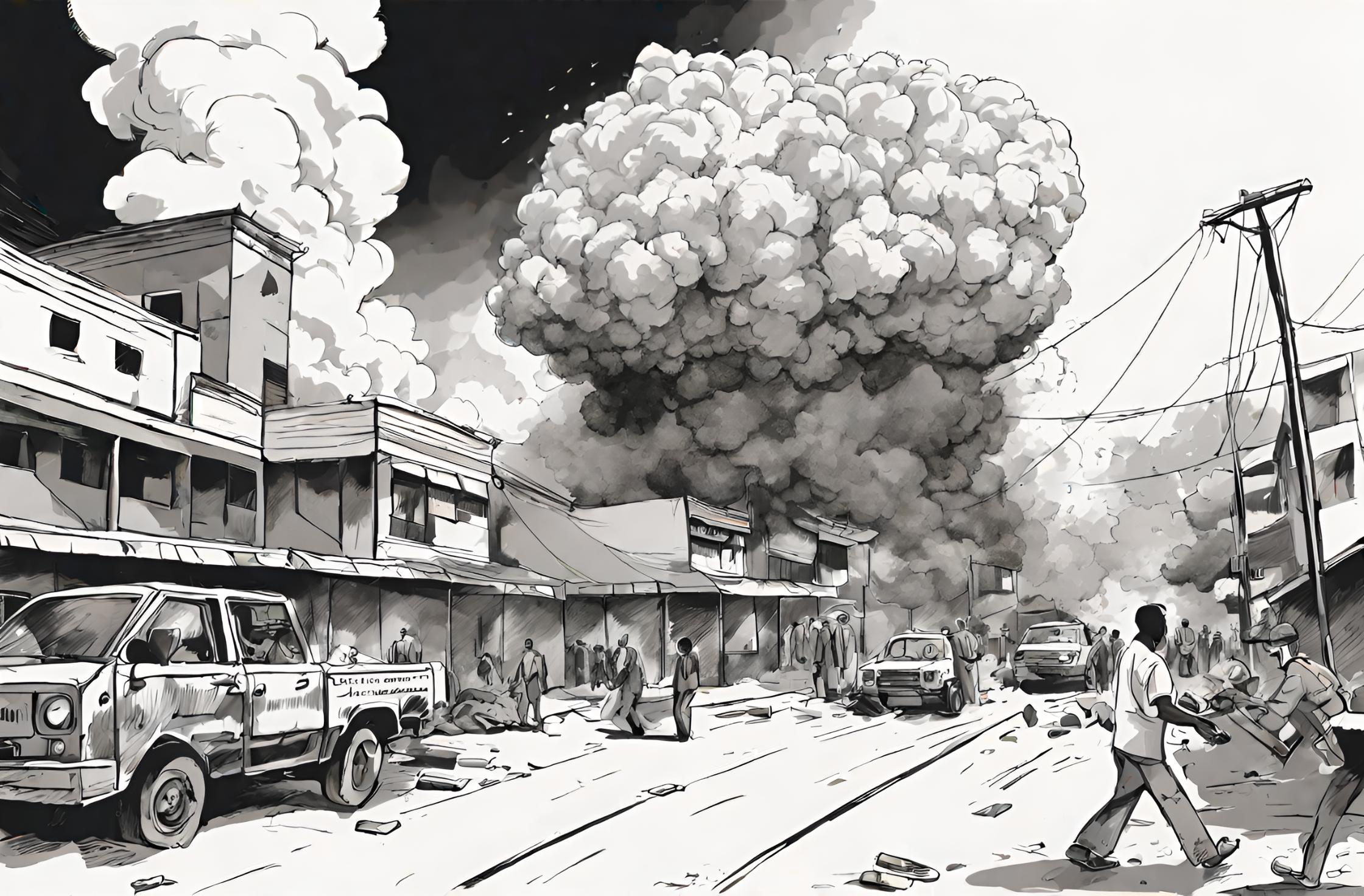Flashback to July 11
World History

The first transport of British/Dutch prisoners to South Burma on May 16, 1942, was a significant event that marked a dark chapter in history. During World War II, Japan established its control in Southeast Asia, leading to the occupation of Burma. As part of their strategy, the Japanese military captured and transported thousands of British and Dutch prisoners to work on the construction of the infamous Burma-Siam railway, also known as the Death Railway. This article explores the historical context, the events surrounding the transport, and the impact it had on the prisoners and the region.
During the early stages of World War II, Japan saw the occupation of Southeast Asia as crucial to its military ambitions. In early 1942, Japan attacked and quickly conquered Burma, cutting off the land route between India and China. The occupation left thousands of British and Dutch soldiers and civilians at the mercy of the Japanese forces. Many were captured and held prisoner, while others were forced to march long distances to internment camps.
On May 16, 1942, the first transport of British/Dutch prisoners commenced from Singapore to South Burma. The prisoners were loaded onto packed and overcrowded trains, often enduring harsh conditions and limited provisions during the journey. The transport marked the beginning of a long and arduous ordeal for these prisoners, as they were to be used as forced labor to build the Burma-Siam railway.
The construction of the Burma-Siam railway was a massive undertaking and a testament to human suffering. The railway aimed to connect Bangkok, Thailand, to Rangoon, Burma, spanning over 400 kilometers through rugged and inhospitable terrain. The Japanese relied on the labor of Allied prisoners, including British, Dutch, Australian, and American troops, to complete the project.
The conditions faced by the prisoners during the construction were nothing short of horrific. They were subjected to extreme physical labor, malnutrition, and rampant diseases such as malaria and dysentery. The prisoners had to endure long working hours, with little rest or respite. The combination of grueling work and harsh conditions resulted in a high mortality rate among the prisoners.
The Death Railway became infamous for its human cost. It is estimated that over 12,000 Allied prisoners died during its construction, including soldiers and civilian workers. The prisoners faced not only physical hardship but also psychological torture from their captors. They were subjected to beatings, torture, and even execution for perceived disobedience or escape attempts.
The completion of the Death Railway in 1943 did not bring any reprieve for the prisoners. Many were then transported to other parts of Southeast Asia to work on various infrastructure projects for the Japanese war machine. The prisoners were often packed into overcrowded ships and transported under harsh conditions, with little regard for their well-being.
The transport of British/Dutch prisoners to South Burma on May 16, 1942, symbolizes the harrowing experiences of those who fought and suffered during World War II. The event reminds us of the immense sacrifices made by Allied forces in the face of a formidable enemy. It also serves as a grim reminder of the atrocities committed under Japanese occupation during that time.
Today, the Burma-Siam railway stands as a monument to the resilience and sacrifice of those involved in its construction. Memorials and museums along the railway route serve as reminders of the dark history that unfolded during its construction. They also honor those who lost their lives and provide a platform for education and remembrance.
the first transport of British/Dutch prisoners to South Burma on May 16, 1942, marked the beginning of a harrowing experience for thousands of Allied forces. The event played a significant role in the construction of the Burma-Siam railway and highlighted the inhumane treatment faced by the prisoners. Remembering this event and honoring the sacrifices made during World War II helps to ensure that such atrocities are never forgotten.
We strive for accuracy. If you see something that doesn't look right, click here to contact us!
Sponsored Content

Two bombs explode in…
On 7/11/2010, two bombs…

Charles IV of Luxembourg…
On 7/11/1346, Charles IV…

The space station Skylab…
"The historic event of…

Prussia army moves into…
On 7/11/1792, the Prussia…

Giuseppe Arcimboldo first surrealist…
Giuseppe Arcimboldo, the pioneering…

Chinese archeologists discover a…
Chinese archeologists made a…

